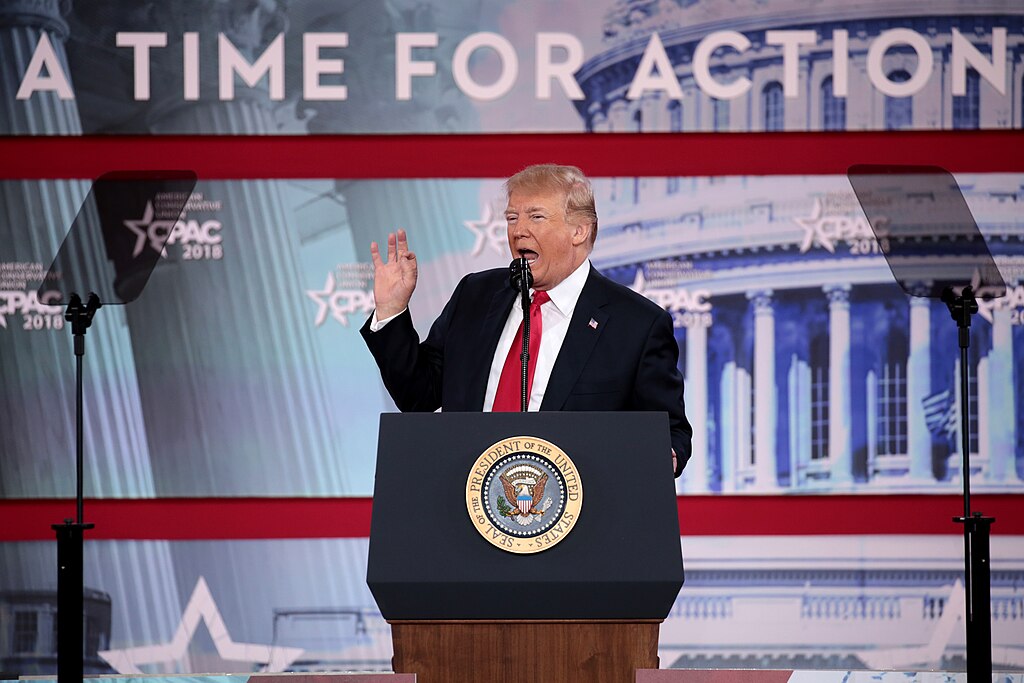As President Donald Trump embarks on his second term, addressing labor shortages in critical industries has become a top priority. With industries ranging from healthcare to manufacturing struggling to meet workforce demands, the administration has proposed sweeping measures to bridge the growing gap between labor supply and demand.
Boosting Workforce Participation and Training Programs
To tackle the issue, the Trump administration has pledged to expand workforce training initiatives aimed at equipping American workers with the skills needed for high-demand industries. Under the proposed plan, federal funding for vocational and technical training programs will be significantly increased, with a focus on fields like healthcare, technology, and manufacturing.
The administration is also collaborating with private-sector companies to develop apprenticeship programs, incentivizing businesses to train and retain workers. At a recent press briefing, a White House spokesperson emphasized that “bringing jobs back to America is not enough; we need to ensure Americans are ready to fill those jobs.”
Critics, however, argue that funding and implementation timelines remain unclear. Some experts question whether the proposed programs can effectively address the immediate needs of industries currently facing acute labor shortages.
Immigration Reform as a Workforce Solution
Another controversial element of Trump’s plan involves revisiting immigration policies to fill labor gaps. While the administration remains firm on stricter border security and immigration enforcement, it has hinted at creating temporary work visa programs for industries most affected by labor shortages, such as agriculture and construction.
The proposal has sparked debates among policymakers, with some praising it as a pragmatic solution and others criticizing it as inconsistent with Trump’s hardline immigration stance. Advocates for immigrant workers argue that streamlining visa processes could provide a much-needed influx of skilled and unskilled labor to struggling sectors.
Labor unions, however, have voiced concerns that temporary visa programs could undermine American workers by creating a reliance on foreign labor rather than addressing systemic workforce issues at home.
Public Reactions: Divided Opinions on Trump’s Labor Agenda
Trump’s proposed measures have generated a wide range of reactions online, reflecting both optimism and skepticism:
- @WorkerFirst2025: “Training programs sound good, but we’ve heard these promises before. Will it actually happen this time?”
- @BuildItUpUSA: “Temporary work visas are essential for industries like construction. Glad to see Trump addressing this issue head-on!”
- @AmericaFirstCritic: “More funding for American workers is great, but why rely on immigrant labor for critical jobs?”
- @UnionStrong99: “Temporary visas might help businesses, but what about fair wages for American workers already in these fields?”
- @IndustryExpert2025: “Trump’s focus on manufacturing jobs is spot on. Now let’s see if he delivers results.”
- @HealthcareHero2025: “Healthcare staffing shortages are critical. Hope this plan prioritizes immediate relief for hospitals and clinics.”



 Taiwan Political Standoff Deepens as President Lai Urges Parliament to Withdraw Disputed Laws
Taiwan Political Standoff Deepens as President Lai Urges Parliament to Withdraw Disputed Laws  U.S. Offers NATO-Style Security Guarantees to Ukraine as Peace Talks Show Progress
U.S. Offers NATO-Style Security Guarantees to Ukraine as Peace Talks Show Progress  Belarus Frees Opposition Leaders Maria Kalesnikava and Viktar Babaryka in U.S.-Brokered Deal
Belarus Frees Opposition Leaders Maria Kalesnikava and Viktar Babaryka in U.S.-Brokered Deal  Korea Zinc Plans $6.78 Billion U.S. Smelter Investment With Government Partnership
Korea Zinc Plans $6.78 Billion U.S. Smelter Investment With Government Partnership  U.S. and Mexico Reach New Agreement to Tackle Tijuana River Sewage Crisis
U.S. and Mexico Reach New Agreement to Tackle Tijuana River Sewage Crisis  European Leaders Tie Ukraine Territorial Decisions to Strong Security Guarantees
European Leaders Tie Ukraine Territorial Decisions to Strong Security Guarantees  U.S. Suspends UK Technology Deal Amid Trade Disputes Under Trump Administration
U.S. Suspends UK Technology Deal Amid Trade Disputes Under Trump Administration  Russian Drone Attack Hits Turkish Cargo Ship Carrying Sunflower Oil to Egypt, Ukraine Says
Russian Drone Attack Hits Turkish Cargo Ship Carrying Sunflower Oil to Egypt, Ukraine Says  Hong Kong Democratic Party Disbands After Member Vote Amid Security Crackdown
Hong Kong Democratic Party Disbands After Member Vote Amid Security Crackdown  Special Prosecutor Alleges Yoon Suk Yeol Sought North Korea Provocation to Justify Martial Law
Special Prosecutor Alleges Yoon Suk Yeol Sought North Korea Provocation to Justify Martial Law  Sydney Bondi Beach Terror Attack Kills 16, Sparks Gun Law and Security Debate
Sydney Bondi Beach Terror Attack Kills 16, Sparks Gun Law and Security Debate  Ukraine Claims First-Ever Underwater Drone Strike on Russian Missile Submarine
Ukraine Claims First-Ever Underwater Drone Strike on Russian Missile Submarine  Trump’s Rob Reiner Remarks Spark Bipartisan Outrage After Tragic Deaths
Trump’s Rob Reiner Remarks Spark Bipartisan Outrage After Tragic Deaths  Thousands Protest in Brazil Against Efforts to Reduce Jair Bolsonaro’s Prison Sentence
Thousands Protest in Brazil Against Efforts to Reduce Jair Bolsonaro’s Prison Sentence  Trump Sues BBC for Defamation Over Edited Capitol Riot Speech Clip
Trump Sues BBC for Defamation Over Edited Capitol Riot Speech Clip 




























